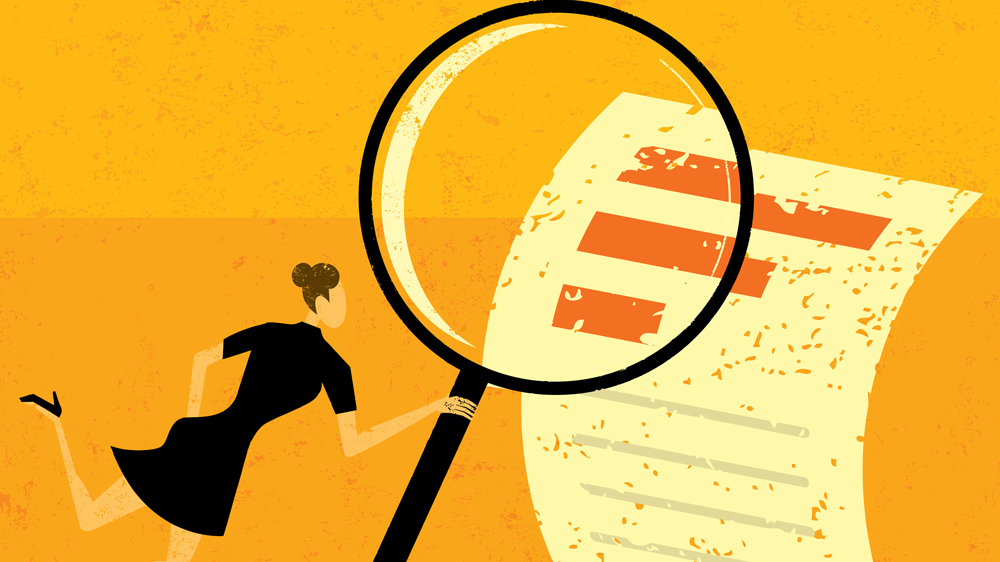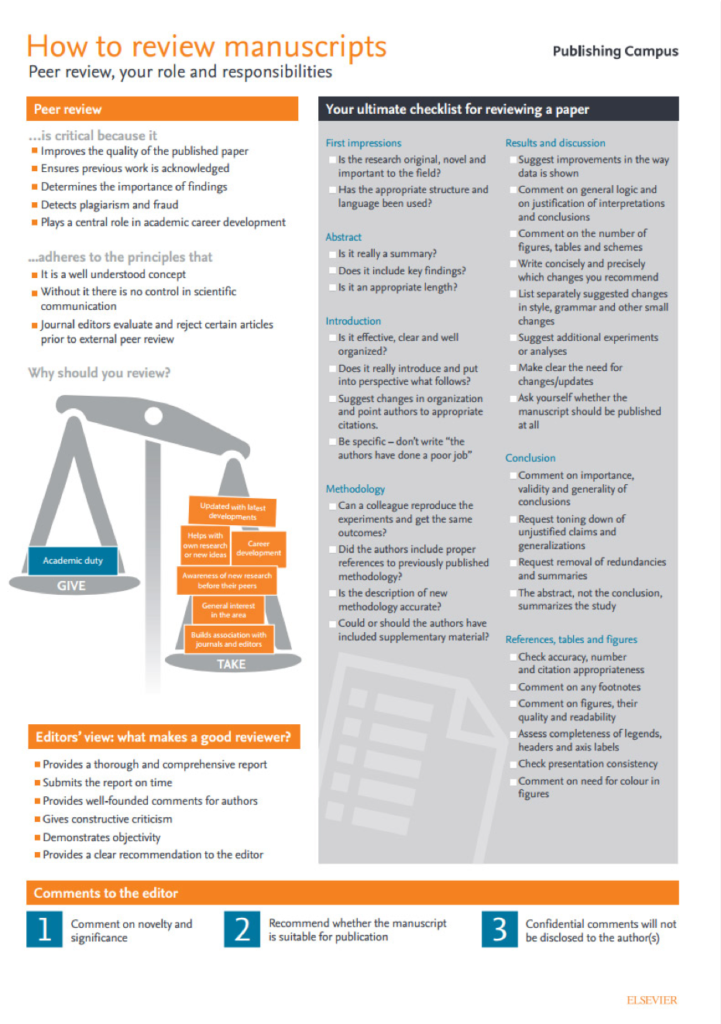
By Huda Elsherif, Kent School of Architecture & Planning
Amid a monotonic pandemic life, new experiences are always welcome. A few months ago, I was invited to perform my first peer review. It happened to be during a time, I too, was being reviewed, so I got to experience both sides simultaneously. Though I felt humbled that the editor believed I was skilled enough to do it, I felt overwhelmed by the idea. This increased, even more, when I read online that peer reviewing should be done after you finish your PhD, not before. However, knowing my review will not be the only one on the paper, I felt I might as well give it a shot, I could always quit if I was not confident my input would be useful.
I scoured the internet trying to understand what a good review looks like (I have referenced some of the websites I used at the end of this article). The first point that resonated with me was that you need to be clear and constructive in your criticism. I have been blessed with two amazing supervisors, Prof. Henrik Schoenefeldt and Prof. Marialena Nikolopoulou, both of whom have always given me the best criticism, so all I had to do was copy their style.
“I knew first-hand how daunting reviewer comments can be”
I was especially mindful to be nice and wrote my comments in the way I hoped my own review comments would be given. The second major point was that you need to be as thorough as possible from the start, to avoid the researcher having to go back and forth several times over things that have been there from the get-go. I had personally experienced these points and knew first-hand how daunting they can be. The third recommendation was to avoid asking the researcher to reference you. Lastly, the advice was to focus on the things that are relevant to your field, as you were chosen for your expertise, not your English skills, for example. With all this in mind, I downloaded a sample peer review and created an adjusted checklist I found online (below).

Huda found useful advice online, such as from the journal publisher Elsevier (Image source)
I felt overwhelmed after doing my first pass of the article. Yes, I understood the basics of the technique the researcher used, but definitely not enough to critique his execution of it. So, I went back to basics and researched the method in detail using other publications. I realised that the method was a lot more complex than I initially thought, and I was glad I got this opportunity to understand it so deeply. I also drew some tips from the review comments I had received. For example, the reviewer told me that my conclusion should never introduce new information, a similar mistake which was made by the researcher I was reviewing. He also always gave me a few papers to back every point he made, so I did the same. I made sure my comments also included how to make the paper easier to read, for example, how to simplify the graphs so they are easy to link to the text and which points need to be mentioned first to clarify later points. After I finished my review, I left it for a few days and then came back to read it to look at it with fresh eyes. Finally, I submitted it a day before the deadline.
“I recommend others take the leap!”
Fast forward a couple of months and I get the author’s response to my comments. The new paper looked amazing! The author understood my comments fully and adjusted accordingly, I could even tell he checked the papers I referenced. Overall, this experience has really been a positive one. Though peer reviewing is typically seen as a service to give to others, I benefited a lot too. It boosted my confidence in my ability to guide, something that is very important if you plan on teaching. Reading papers that were not specifically for my work also broadened my insight and gave me ideas for my own research. I would highly recommend others to take the leap, you can do it!
Links to peer review advice:
https://publons.com/blog/how-to-write-a-peer-review-12-things-you-need-to-know/